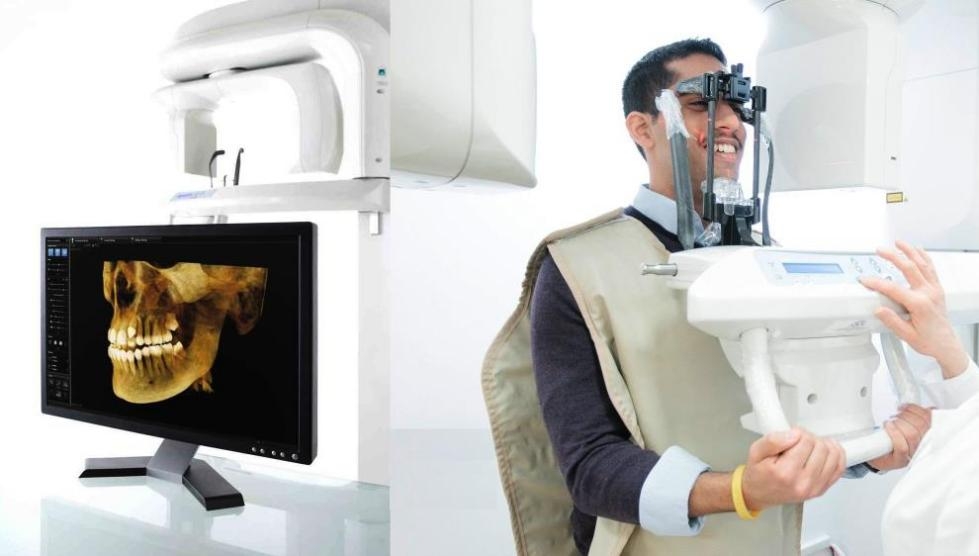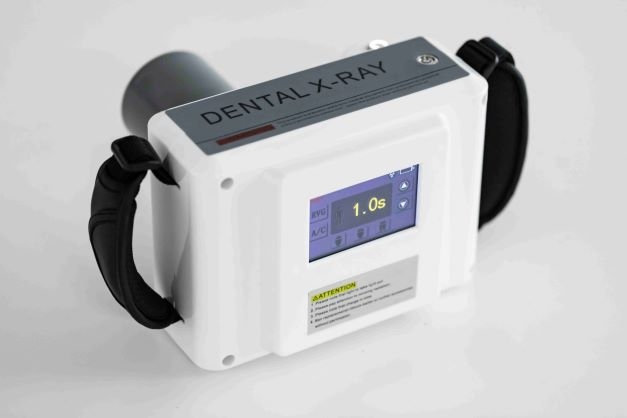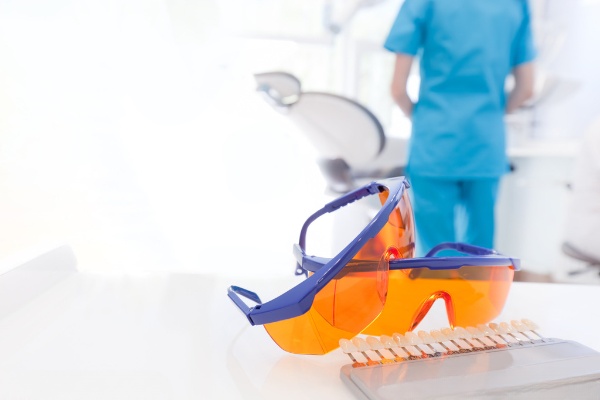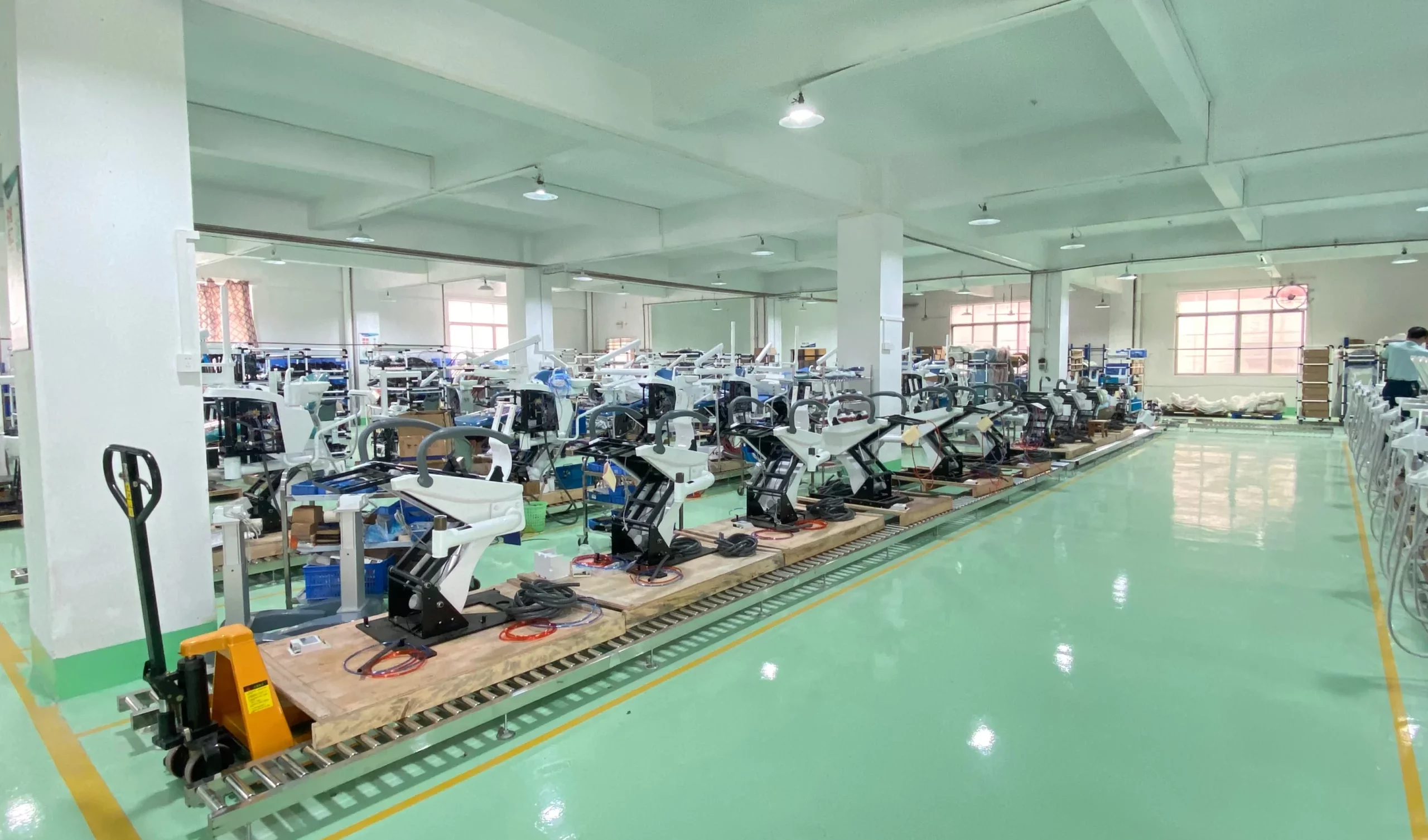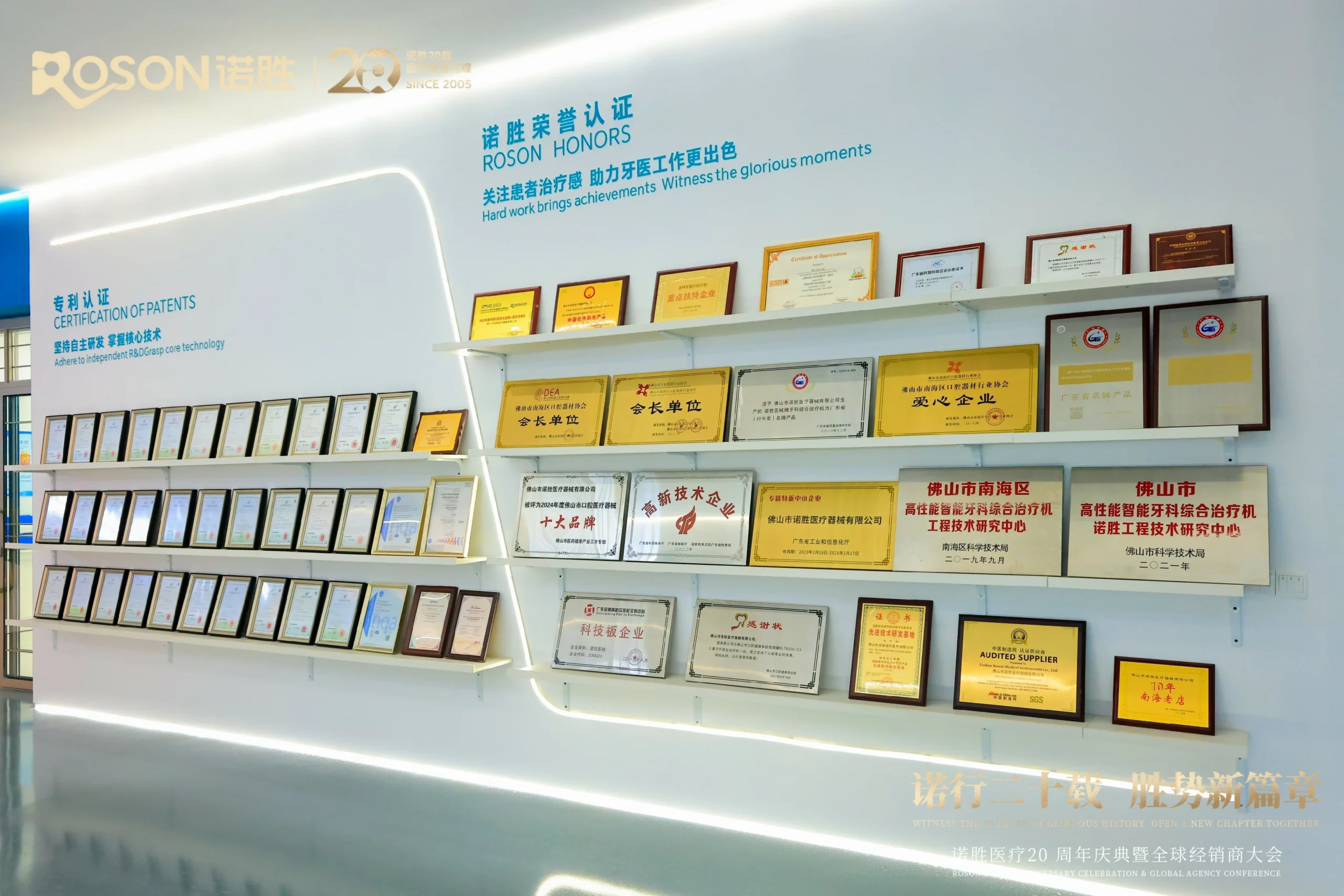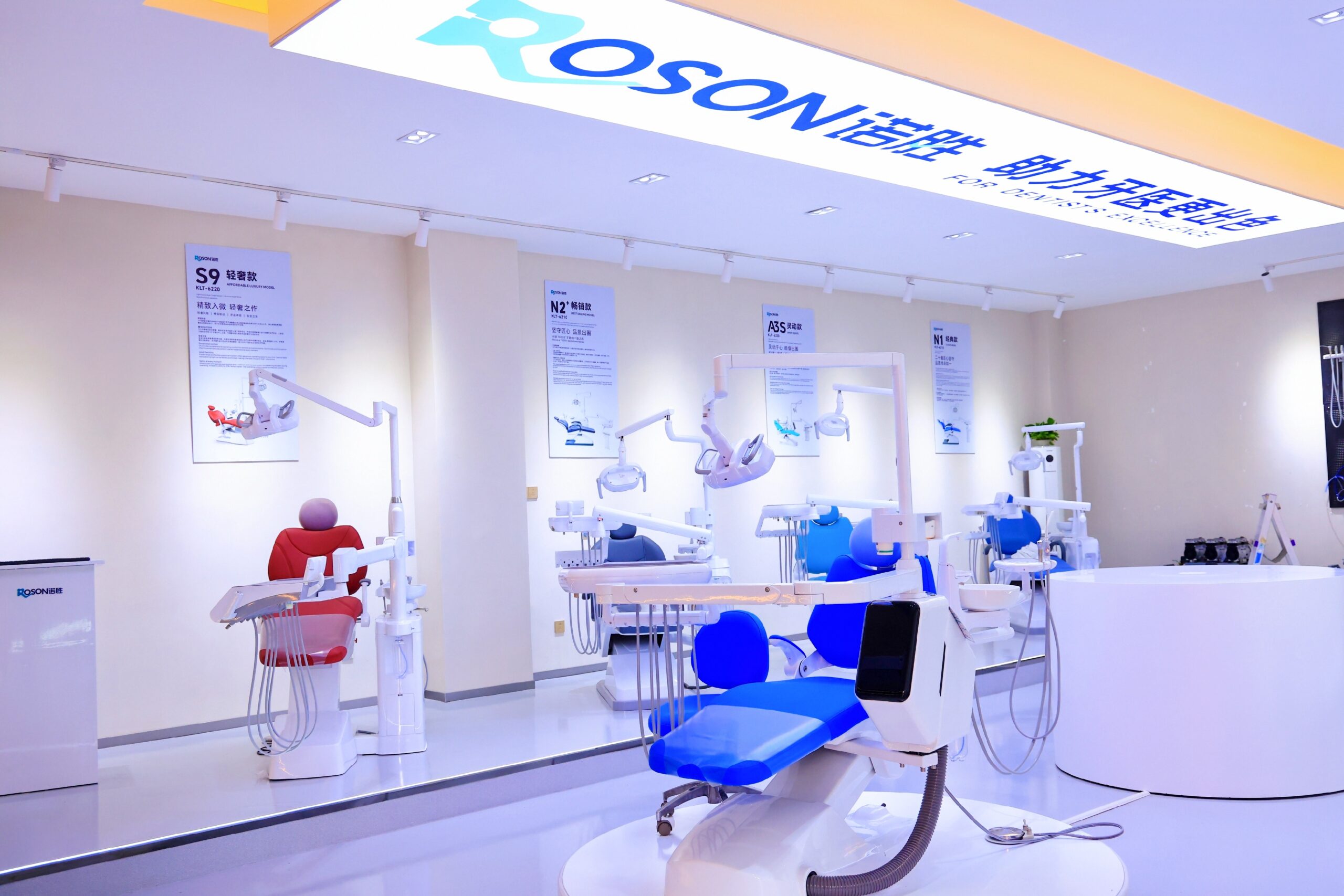What is Ultrasonic Cleaner?
Ultrasonic cleaning is a process of cleaning by mechanical action, heat, and cavitation. It’s a non-contact method that uses ultrasound to generate high-intensity microbubbles in the liquid. Bubbles are formed when the sound wave passes through the liquid. These bubbles then implode violently, causing intense shockwaves that can disintegrate dirt and other contaminants. Ultrasonic Cleaner.
Ultrasonic cleaners use sonic vibrations at an extremely high frequency (20,000 cycles per second). The vibrations are produced by a piezoelectric transducer that is driven by an AC power supply. The transducer produces a standing wave within the tank and also generates steam bubbles in the water bath. These bubbles collapse violently on themselves, producing intense shock waves that break down dirt particles into smaller ones that can be rinsed away easily with water.
There are several characteristics of ultrasonic cleaners that make them ideal for use in dental equipment cleaning:
Gentle abrasive action:
The ultrasonic waves create millions of tiny bubbles that help break down dirt, bacteria, and plaque. These bubbles also serve as a gentle abrasive action that scours away any stains or discoloration from your equipment.
Can clean virtually any material:
Ultrasounds can be used to clean virtually any material – including plastic, glass, steel, aluminum, brass, and other metals – without scratching or damaging it in any way. This makes them very attractive for use in medical applications such as dentistry.
Suitable for equipment that cannot be cleaned by chemical methods:
The process of ultrasonic cleaning is based on the principle of cavitation, which involves the formation, growth, and collapse of bubbles in liquid under certain conditions. The cavitation process can be used to remove dirt from objects by causing microscopic cracks in their surfaces that can’t be seen with the naked eye. These cracks allow detergents and other cleaning chemicals to penetrate inside them and dissolve the dirt particles found within the object’s pores.
What Can You Wash With An Ultrasonic Cleaner?
Here are some of the dental equipment you can clean with a dental ultrasonic cleaner, which we’ve divided into three categories:
Dental Instruments:
Sterilized instruments such as scalers and curettes need to be cleaned after every use to prevent bacterial growth and contamination. An ultrasonic cleaner is an effective way to remove debris from these instruments without damaging them or causing corrosion.
Dental Implant Placement Instruments:
Implant placement tools such as drills and taps can be damaged by ordinary cleaning methods, so they need special treatment before sterilization. Ultrasonic cleaning removes debris from inside these tools without damaging them or causing corrosion.
Dental Chair Components:
The chair itself is usually made out of plastic or metal parts that aren’t compatible with chemical cleaning agents like bleach or hydrogen peroxide; therefore, ultrasonic cleaning is often the best option for removing bacteria.
Can Handpieces Be Cleaned With An Ultrasonic Cleaner?
As a dentist, you have to be careful about what you wash in your ultrasonic cleaner. If you’re not careful, you could damage your equipment and even cause harm to your patients.
Handpieces are used in dental offices to perform various procedures, including root canals and fillings. Handpieces are usually made out of stainless steel or titanium, so they’re not as fragile as other medical instruments used in dentistry.
But dental handpieces are friction devices, and if you put them in an ultrasonic cleaner, bad things will happen.
When exposed to high-frequency vibration, the tiny particles of metal on the handpiece come together and form larger particles that cause wear and tear on the instrument’s surface. This is known as galling, which is when two surfaces rub against each other at high speed without lubrication and cause damage to both surfaces. The liquid in your ultrasonic cleaner isn’t enough to provide lubrication between your handpiece and other instruments in the tank.
When the ultrasonic cleaner cleans friction equipment, it will cause the friction parts to become worn out more quickly than usual. For example, if you use the ultrasonic cleaner on a pair of glasses that have friction pads on them, you may find that after just a few uses the friction pads have become worn out and need to be replaced. This is because the ultrasonic waves are causing the friction pads to wear down faster than they normally would with hand washing or using another type of cleaning method.
Roson Offers You The Premium Dental Ultrasonic Cleaner:
Roson is a professional dental equipment provider from China with nearly 20 years of production experience. It provides a high-quality ultrasonic cleaner to many dentists. Their ultrasonic cleaner is powerful and ideal for professional dental clinics and dentists. Here are some of its features:
Smart Design:
You can adjust its cleaning time as needed. It’s continuously adjustable from 1-60 minutes. At the same time, its cleaning temperature is continuously adjustable from 20-80 degrees. Even smarter, it automatically shuts down if the temperature gets too high during the cleaning process.
High-quality material, beautiful design:
Its appearance is made of all stainless steel, which has the characteristics of wear resistance and corrosion resistance. At the same time, its exterior design adopts a minimalist style, which makes it look more beautiful and stylish.
Low noise design:
Its low-noise design allows it to operate without disrupting the quiet environment of the clinic. This allows dentists and other staff to carry out their work undisturbed.
Easy to understand and use:
It has a clear control panel with a full digital display, allowing the operator to quickly understand its working status. Moreover, the operation of using this device is very simple and convenient, and many operations only need one button.


